A better understanding of emergent phenomena like the wetness of water, where the properties of a system can’t be explained by those of its constituent parts, could unravel some big mysteries.


A better understanding of emergent phenomena like the wetness of water, where the properties of a system can’t be explained by those of its constituent parts, could unravel some big mysteries.
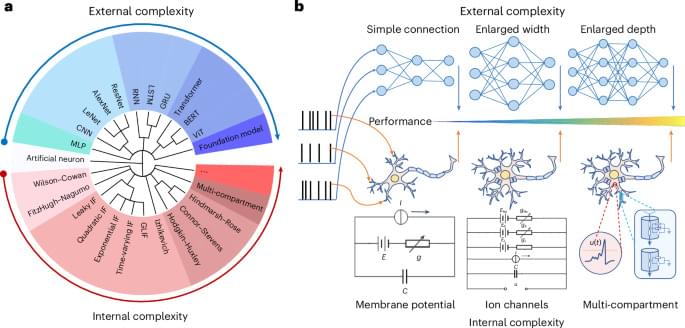
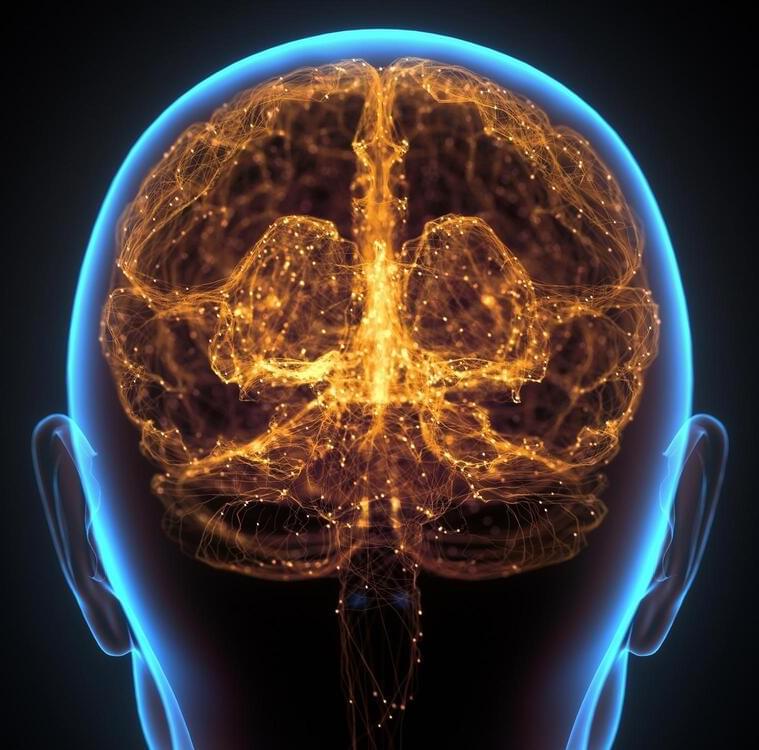
Cornell University research demonstrates that sleep resets the hippocampus, enabling continuous learning and offering new strategies for treating memory-related disorders.
While everyone knows that a good night’s sleep restores energy, a new Cornell University study finds it resets another vital function: memory.
Learning or experiencing new things activates neurons in the hippocampus, a region of the brain vital for memory. Later, while we sleep, those same neurons repeat the same pattern of activity, which is how the brain consolidates those memories that are then stored in a large area called the cortex. But how is it that we can keep learning new things for a lifetime without using up all of our neurons?
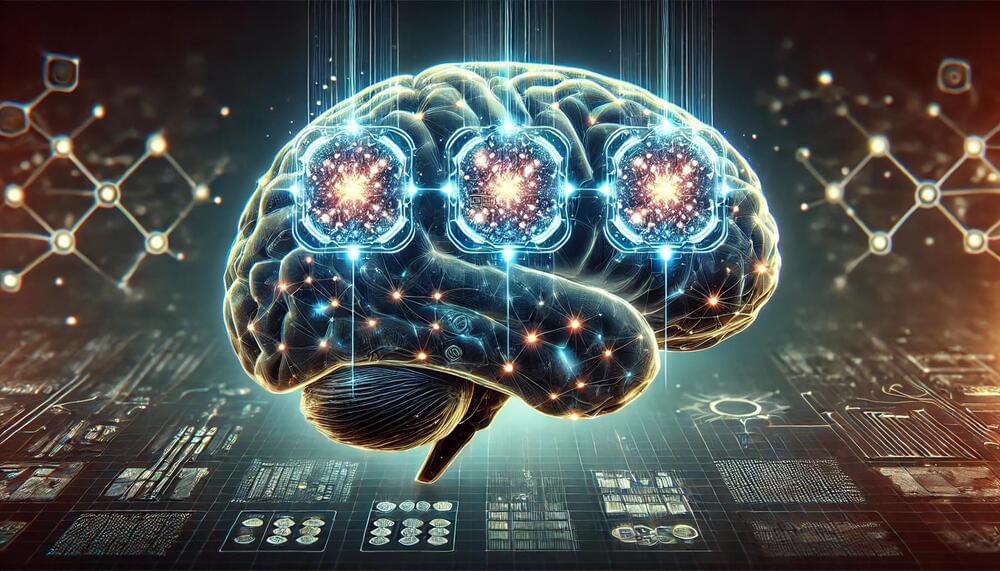
Like a computer system with built-in redundancies, a study has revealed that brains use three different sets of neurons to store a single memory. The finding could one day help soften painful memories in people who’ve suffered trauma.
By imaging the brains of mice, researchers at the University of Basel’s Biozentrum, were able to watch what happens when a new memory is formed. What they found was that the rodent brains called three different sets of neurons into action to record the memory. The first are known as early-born neurons and are the earliest to develop as a fetus is growing. At the other end of the spectrum are the late-born neurons, which show up late in embryonic development. Between these are neurons that form somewhere right in the middle of growth in the womb.
The imaging study revealed that when the new memory is stored in the early-born neurons, it is initially hard to retrieve, but it becomes stronger as time goes on.
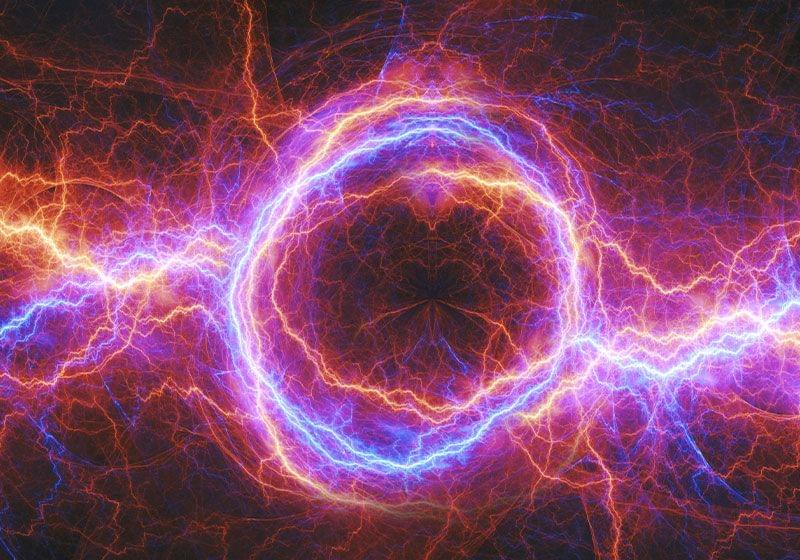
ABOVE: Researchers recapitulate electrical gradients in vitro to help guide stem cell differentiation for neural regeneration. ©istock, Cappan.
The dance of development is electric. Bioelectrical gradients choreograph embryonic growth, signaling to stem cells what cell types they should become, where they should travel, who their neighbors should be, and what structures they should form.1 The intensity and location of these signals serve as an electrical scaffold to map out anatomical features and guide development. Bioelectricity also shapes tissue regeneration.2 Tapping into these mechanisms is of special interest to researchers who grapple with the challenge of regenerating injured nerves.3
One such curious team from Stanford University and the University of Arizona recently reported a new approach using electrically conductive hydrogels to induce differentiation of human mesenchymal stem cells into neurons and oligodendrocytes in vitro.4 Their findings, published in the Journal of Materials Chemistry B, provide important proof of principle for future studies of biocompatible materials to electrically augment transplanted and endogenous cells after injury.
Nervous system disorders are among the leading causes of death and disability globally.
As brain research advances, how should study participants be protected? Bioethicist Saskia Hendriks has some ideas.
(back to outline)
Robert J. Sternberg has devoted much of his career to the study of various conceptions of human intelligence. Starting with his Triarchic Theory of Human Intelligence (Sternberg, 1985), he has expanded on his view of human ability and success. Successful intelligence is defined as that set of mental abilities used to achieve one’s goals in life, given a socio-cultural context, through adaptation to, selection of, and shaping of environments. Successful intelligence involves three aspects that are interrelated but largely distinct: analytical, creative, and practical thinking (Sternberg, 1998). Practical Intelligence is the ability to size up a situation well, to be able to determine how to achieve goals, to display awareness to the world around you, and to display interest in the world at large (Sternberg, 1990; Sternberg et al., 2000; Wagner, 2000). Prof. Sternberg is working on several projects that examine the interrelation of his various conceptions of ability in applied settings.
The problem of intelligence — its nature, how it is produced by the brain and how it could be replicated in machines — is a deep and fundamental problem that cuts across multiple scientific disciplines. Philosophers have studied intelligence for centuries, but it is only in the last several decades that developments in science and engineering have made questions such as these approachable: How does the mind process sensory information to produce intelligent behavior, and how can we design intelligent computer algorithms that behave similarly? What is the structure and form of human knowledge — how is it stored, represented, and organized? How do human minds arise through processes of evolution, development, and learning? How are the domains of language, perception, social cognition, planning, and motor control combined and integrated? Are there common principles of learning, prediction, decision, or planning that span across these domains?
This course explores these questions with an approach that integrates cognitive science, which studies the mind; neuroscience, which studies the brain; and computer science and artificial intelligence, which study the computations needed to develop intelligent machines. Faculty and postdoctoral associates affiliated with the Center for Brains, Minds and Machines discuss current research on these questions.
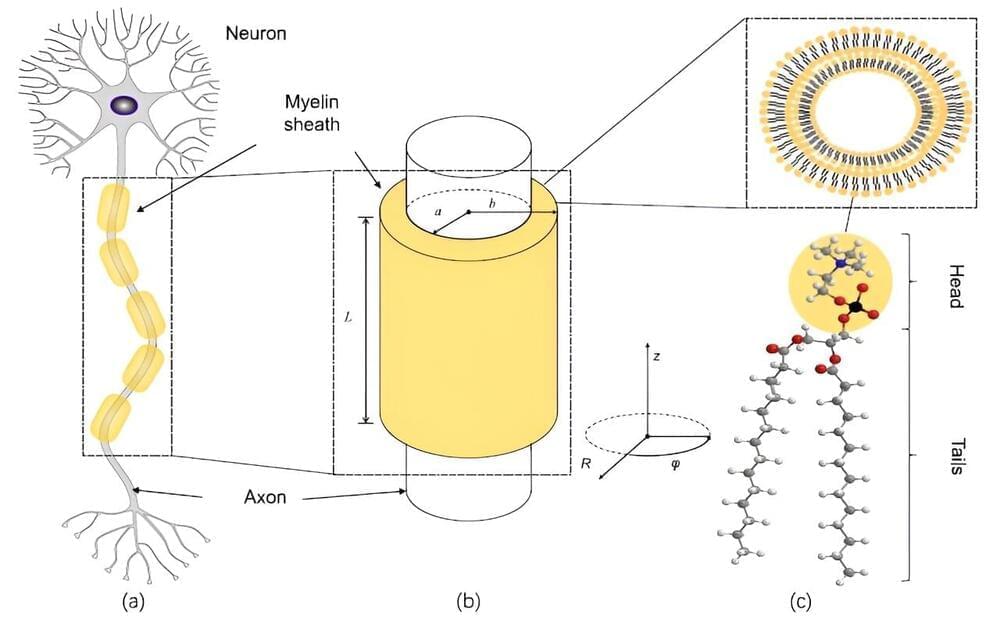
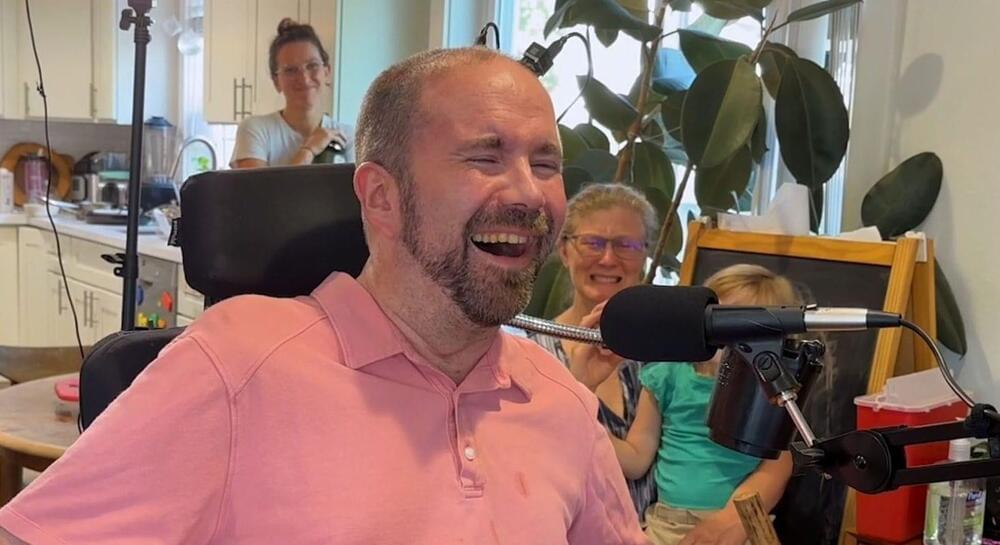
“Not being able to communicate is so frustrating and demoralizing. It is like you are trapped,” Harrell said. “Something like this technology will help people back into life and society.”
For the researchers involved, seeing the impact of their work on Harrell’s life has been deeply rewarding. “It has been immensely rewarding to see Casey regain his ability to speak with his family and friends through this technology,” said the study’s lead author, Nicholas Card, a postdoctoral scholar in the UC Davis Department of Neurological Surgery.
Leigh Hochberg, a neurologist and neuroscientist involved in the BrainGate trial, praised Harrell and other participants for their contributions to this groundbreaking research. “Casey and our other BrainGate participants are truly extraordinary. They deserve tremendous credit for joining these early clinical trials,” Hochberg said. “They do this not because they’re hoping to gain any personal benefit, but to help us develop a system that will restore communication and mobility for other people with paralysis.”